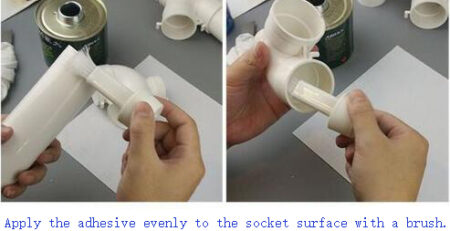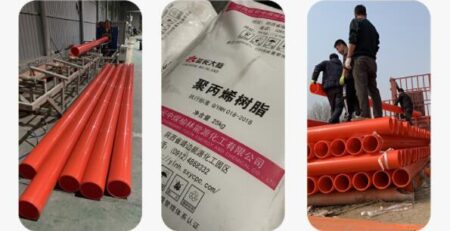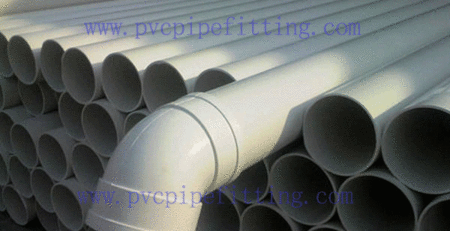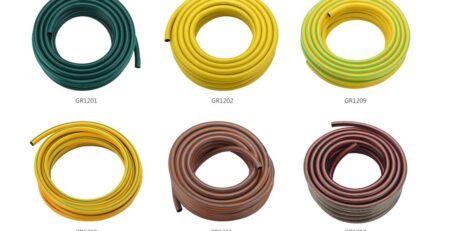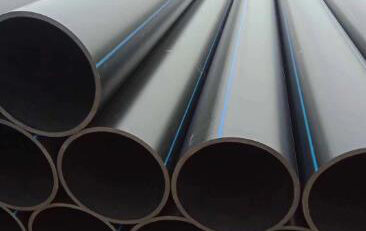How to treat PVC pipe fittings against static electricity
PVC pipe fittings are parts that connect pvc pipes into pipelines and are made of PVC materials. However, before use, due to material reasons, they need to be antistatic treatment. The manufacturer’s technicians will introduce the antistatic treatment method of PVC pipe fittings.
Because the surface resistance of the PVC pipe fittings is large, the surface and the conducted charges do not flow, and it is easy to cause sparks when discharging. It is generally believed that the surface resistance of 10^6 ohms is a lower limit to prevent static electricity from accumulating. According to different purposes, the surface resistance of PVC pipe fittings used in underground mines should be maintained at 10^9-10^8 ohms, or lower than this value.
When the surface resistance of PVC pipe fittings exceeds 10^13 ohms, there are two ways to resist static electricity. One method is to introduce static electricity into the raw material so that it can move to the surface, so its hydrophilic branch will have an antistatic effect, that is, reduce the resistance of the surface. At this time, air humidity is an important influence value (greater than 40%). Over time, the effect of this antistatic measure will become weaker. A better internal dopant is to add special carbon black with good conductivity, but the additional amount should be more than 15%. Such an additional amount will greatly reduce the material. The mechanical strength.
For the antistatic of PVC pipe fittings, an insulating protective film can be added to the key, which can play an anti-static effect and protect the pipe fittings. Place the pipe fittings in a place with high air humidity. Larger air humidity can reduce the resistance. Play an antistatic effect.

